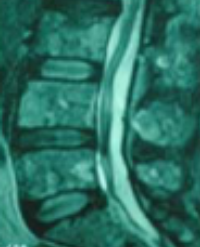
Clinical and Laboratory Analysis of Patients with Multiple Myeloma: Five-Year Experience
Background: Multiple myeloma (MM) is characterized by clonal expansion of plasma cell in the bone marrow and production of monoclonal immunoglobulin, with bone destruction, renal failure and suppression of the normal hematopoiesis. Identification of clinical factors and laboratory diagnosis is important to characterize the stage of the disease and estimate survival.
Objective: To identify clinical and laboratory diagnosis of patients with multiple myeloma treated at HEMOPE - Foundation of Hematology and Hematology of Pernambuco.
Methods: This was an observational, transversal study with secondary data obtained from medical records. A descriptive analysis of clinical and laboratory features and prognostic factors of 112 patients diagnosed with multiple myeloma was conducted from January 2010 to December 2014.
Results: The median age was 65 years, of these 49.1% were male and 50.9% female. The most common clinical manifestations were: bone pain (70.5%), weight loss (25%) and weakness (23.2%). Anemia has been observed at diagnosis in 75% of patients and hypercalcemia in 15.2%. Regarding the staging system at diagnosis, 94 (83.9%) patients were classified as stage III Durie-Salmon and 32 (28.6%) patients in stage II of the International Staging System (ISS).
Conclusion: Our found in this study were similar to previous reported in the literature. A good characterization of the patient’s diagnosis and the use of accurate diagnostic methods are the ideal approach for better risk classification, therapeutic choice and follow-up of patients with MM.
Duarte BP¹˒², De Souza Junior VR¹˒³*, Assis RA²˒⁴, Barros Correia CW¹˒², Hazin MF¹˒²˒⁴, and Correia MCB¹˒²



